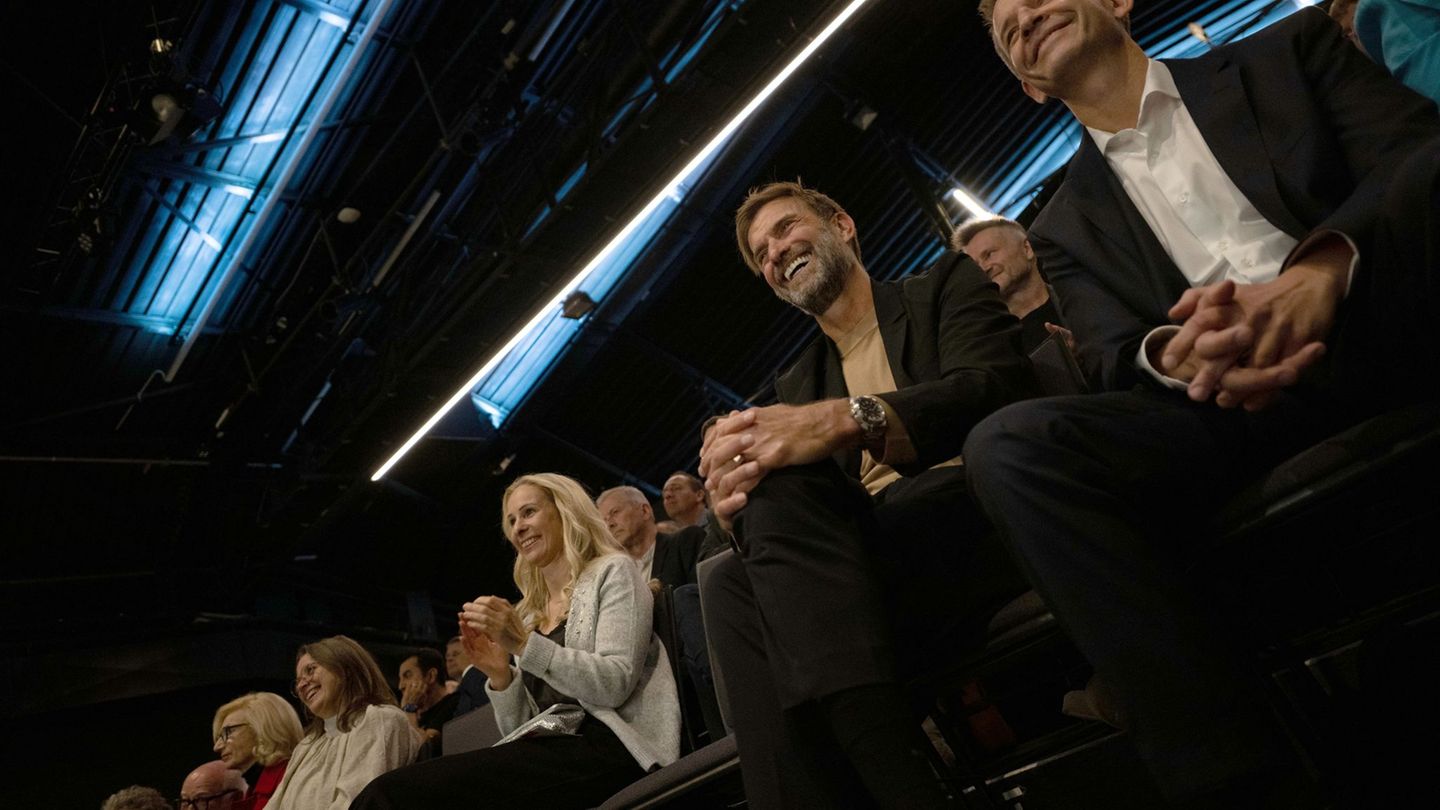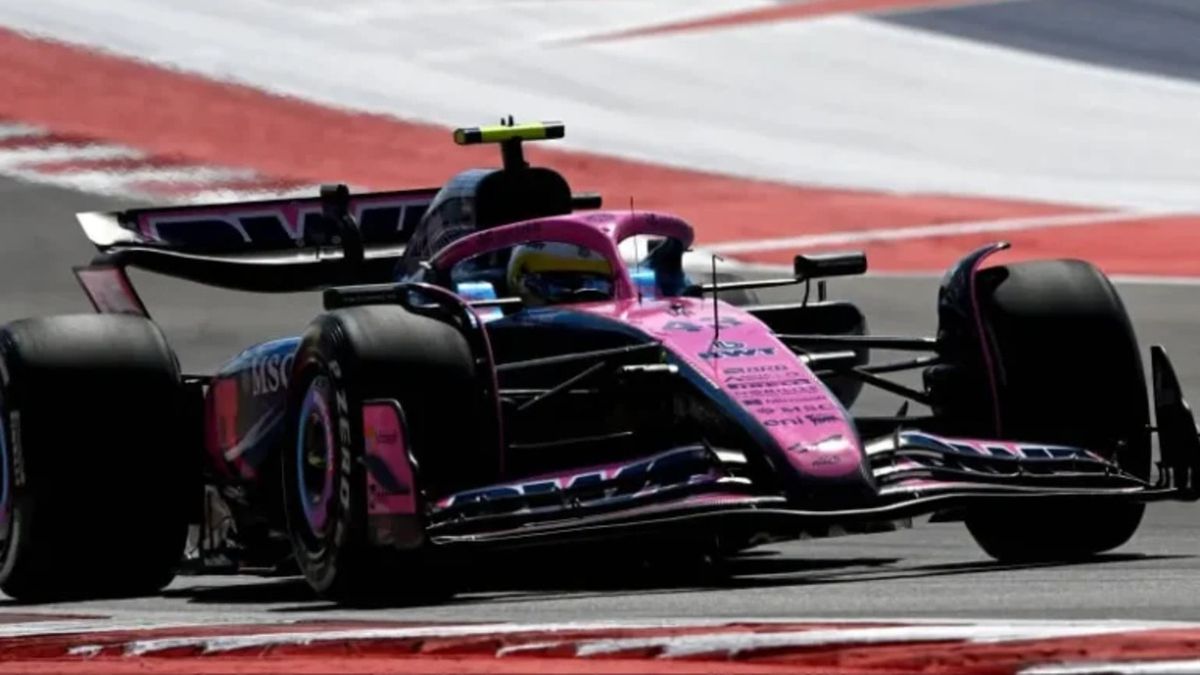Wait up to eight hours at airports? This could happen if air traffic gets going and corona tests and vaccination certificates continue to be checked on paper, warns the industry association.
The aviation industry warns of chaos at airports if traffic starts up again without digital procedures for corona tests and other documents.
Before the pandemic, travelers would have spent an average of one and a half hours in the airports before departure and after arrival, said the vice chairman of the industry association IATA, Conrad Clifford, at the annual meeting in Boston. In the first half of this year, however, it took up to three hours at peak times. “And the travel volume was just 30 percent of the dimensions before Covid.”
Accordingly, the waiting times could increase further if more and more people came to the airport. “Our models predict that without improvements in the processes, one could spend five and a half hours per trip at airports” – with 75 percent of the travel volume before the pandemic. If as many passengers are flying as before, up to eight hours are possible. In addition to the additional effort for checking corona tests, longer queues at passport controls on arrival are the problem.
IATA sees the solution in a digital “Travel Pass” that it has developed. The basic idea is that passengers can do formalities and checks online using an app – before they go to the airport. So far, 76 companies have tested the procedure on 286 routes. However, each company had to decide individually for the introduction, it said.
Climate protection as a further challenge
The CEOs gathered in Boston for their first annual meeting since the crisis broke out at an important time. Air traffic is recovering from the deepest slump in its history. International air travel is a good fifth of the pre-Corona level. Many societies write losses. At the same time, the industry cannot avoid setting the course for climate protection. Despite some grumbling from China, the IATA set the goal of flying climate-neutral by 2050.
Because planes burn kerosene, that already seems like a challenge. In addition, the industry is expecting a lively increase in travel: from a relatively meager two billion passengers in 2021 to 5.6 billion in 2030 and over 10 billion in 2050. With today’s values, the industry would then have to offset 1.8 gigatons of CO2 for a neutral carbon footprint , calculated the IATA manager Sebastian Mikosz.
The short-term solution is sustainably produced fuel. According to forecasts, almost two thirds of the savings should be achieved with this. But the capacities are small. “All of the sustainably produced fuel in the world would now be enough for us for five days,” said Lufthansa boss Carsten Spohr in Boston. Emirates boss Tim Clark pointed out that such fuel currently costs two to three times as much as conventional kerosene.
That is to change, among other things with government involvement. The US wants to produce enough sustainable fuel for all domestic airlines’ needs by 2050, emphasized Annie Petsonk of the US Department of Transportation. But here, too, there are nuances: United boss Scott Kirby assured that his company would not use any sustainable fuel made from foods such as soy or grain.
Future of hydrogen?
And even if an aircraft burns sustainably produced fuel, it still emits CO2. But thanks to the climate-friendly production, the bottom line is that 80 percent less should be released into the environment. In the long term, the CO2 balance must be improved through other measures, stressed many speakers at the conference. This includes pulling the climate killer out of the air or new drive technologies.
Airbus has high hopes for hydrogen, as CEO Guillaume Faury emphasized. He was confident that he would be able to have a hydrogen-powered aircraft by 2035. The Stanley Deal, which is responsible for the passenger division at competitor Boeing, recalled the challenges of hydrogen drives. Among other things, you have to take 18 percent more fuel volume with you and also cool it to minus 250 degrees Celsius.
Because of the climate goals, a lot has to be invested – and that after the association forecast total losses of a good 200 billion dollars due to the pandemic. But the price of inaction could be even higher for the industry, said Robin Hayes, Chairman of the IATA Board of Directors.
Jane Stock is a technology author, who has written for 24 Hours World. She writes about the latest in technology news and trends, and is always on the lookout for new and innovative ways to improve his audience’s experience.




